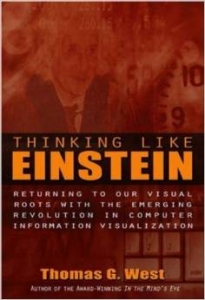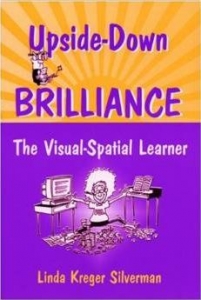There are many, many different theories about Dyslexia.
Each field of study defines the causes of Dyslexia differently – even programs have different explanations of why Dyslexia exists. Because there is such a big debate about Dyslexia, we do not use the term very often. For the most part we see a typical Dyslexia profile which is: average to high intelligence with low reading, comprehension or spelling skills.
Below are listed types of dyslexia and their underlying theories and improvements advocated by different fields or programs. You can see that the theories behind dyslexia are quite wide in range.
A Partial List of Dyslexia Theories & what they advocate. Theories disagree on program duration time and whether or not Dyslexia is a lifelong issue or something that can be alleviated with specific short-term intervention.
- [USA] Medical: Cause: underlying brain abnormality Use Educational Programs.
- Neuro-Linguistic Programming. Cause: Negative emotional blocks. Advocate: improve by removing negative blocks. 6-9 months
- Davis Method: Cause: Disorientation. Advocate: improve by teaching mental tools. 1 week – 2 years
- Chiropractics: Cause: Spinal misalignment. Advocate: spinal adjustment.
- Developmental Optometry: Cause: Eye tracking and movement issues. Advocate eye-vision therapy. 1-2 years.
- [USA] Medical: Cause: dysfunction of the cerebral cortex. Hereditary. No Treatment.
- Education: Cause: differences in brain development and function. Advocate: improve by using a multi-sensory phonetic approach. 1-2 years.
- Education: Cause: weakness in phonological awareness. Advocate: improve by making students read or decode more. 6 months – 2 years
- [USA] Medical: Cause: hormonal development in fetus. No Treatment. Maturation eases or erases Dyslexia.
- [French – European] Medical / Audiology: Cause: low auditory processing skills. Advocate: Sound therapy. 3-6+ months
- [German-European] Medical: Warnke Method: Cause: low auditory& visual processing skills. Advocate: train low-level auditory & visual function skills. 6 6+ months
Every program designed for Dyslexia has worked for someone or it would not still be used; however, each program does not work for every person with Dyslexia. It is important that the assessment takes into consideration every aspect of a person’s history as well as their current concerns, anxieties, and confusions about the way they see, feel, and understand what is happening to them when trying to read or comprehend. In addition, the tests that are given will identify the programs or approach they need for immediate improvement. Read more about our MES Assessment here.
The Amazing Visual Talents of Most People with Dyslexia
Thomas West, author of “In the Mind’s Eye” and featured in the video on the right, asks us to celebrate the strengths of visual-spatial learners; people who naturally process everything as objects and in 3-dimensions. Many, not all, but many people with a Dyslexia diagnosis have strong mental visual talents.
At Meadowbrook Educational Services, we strive to harness the abilities and strengths of our client’s thought process to fill in any missing basic skills that are creating issues in their academic performance. Then we use specific exercises to enhance weak abilities, which for most people with Dyslexia are: reading, reading comprehension, spelling, and being distracted. Because we assess for how our clients remember and think, in addition to basic skills, we can design programs that are able to generate significant change in a short amount of time.
If you know someone with Dyslexia who is looking for a program that will change their academic or professional life – have them call us today 509 443-1737.
Watch the videos on the right to hear students with dyslexia share their experiences and describe their thought processes.
Good books about the strong visual-strengths shared by most people with Dyslexia are below.










